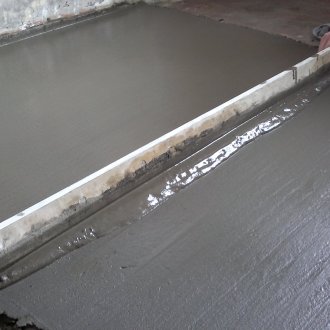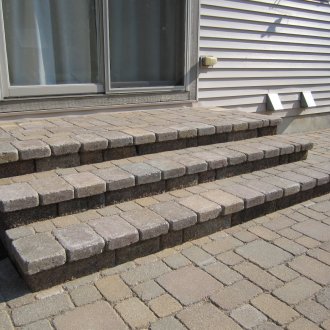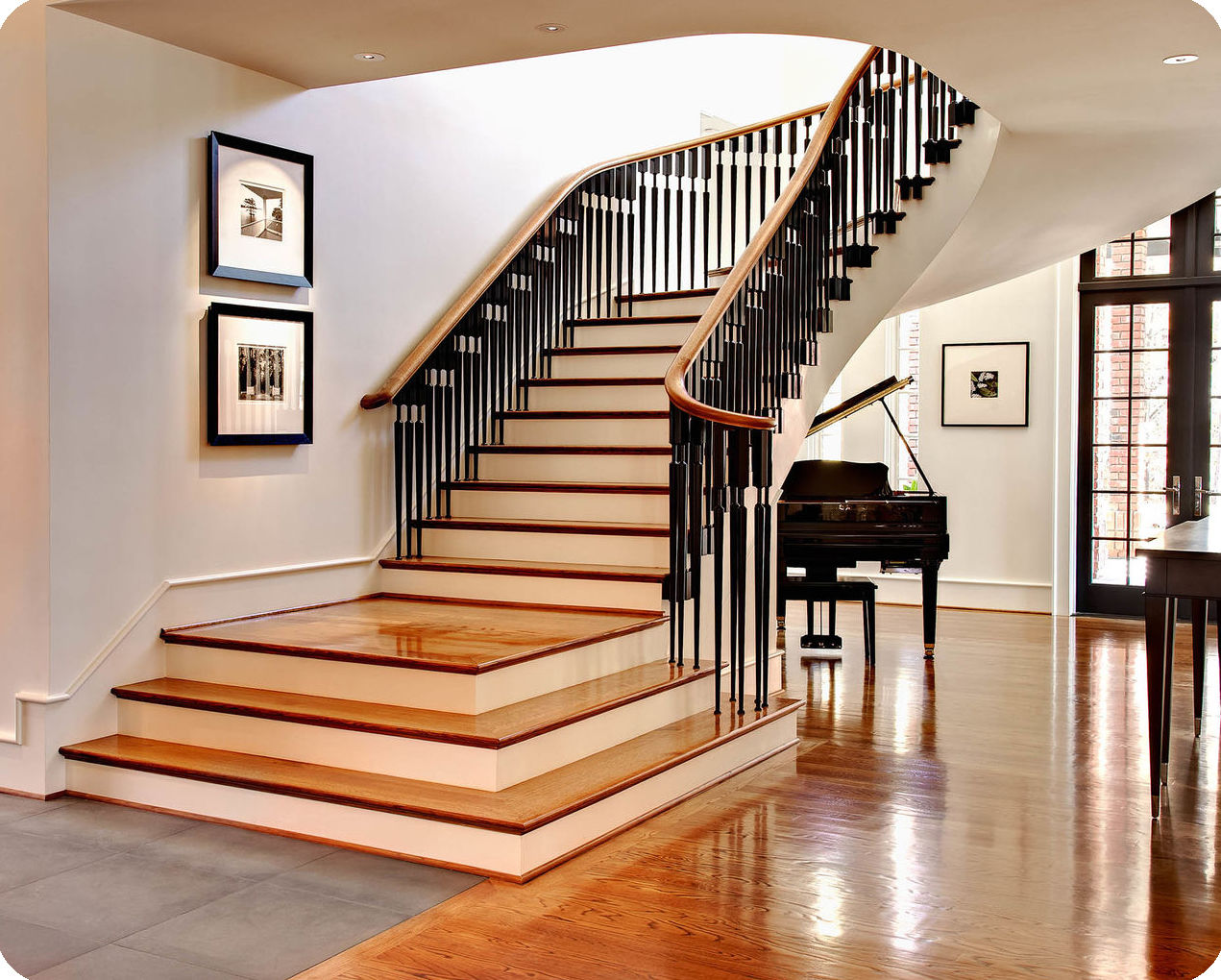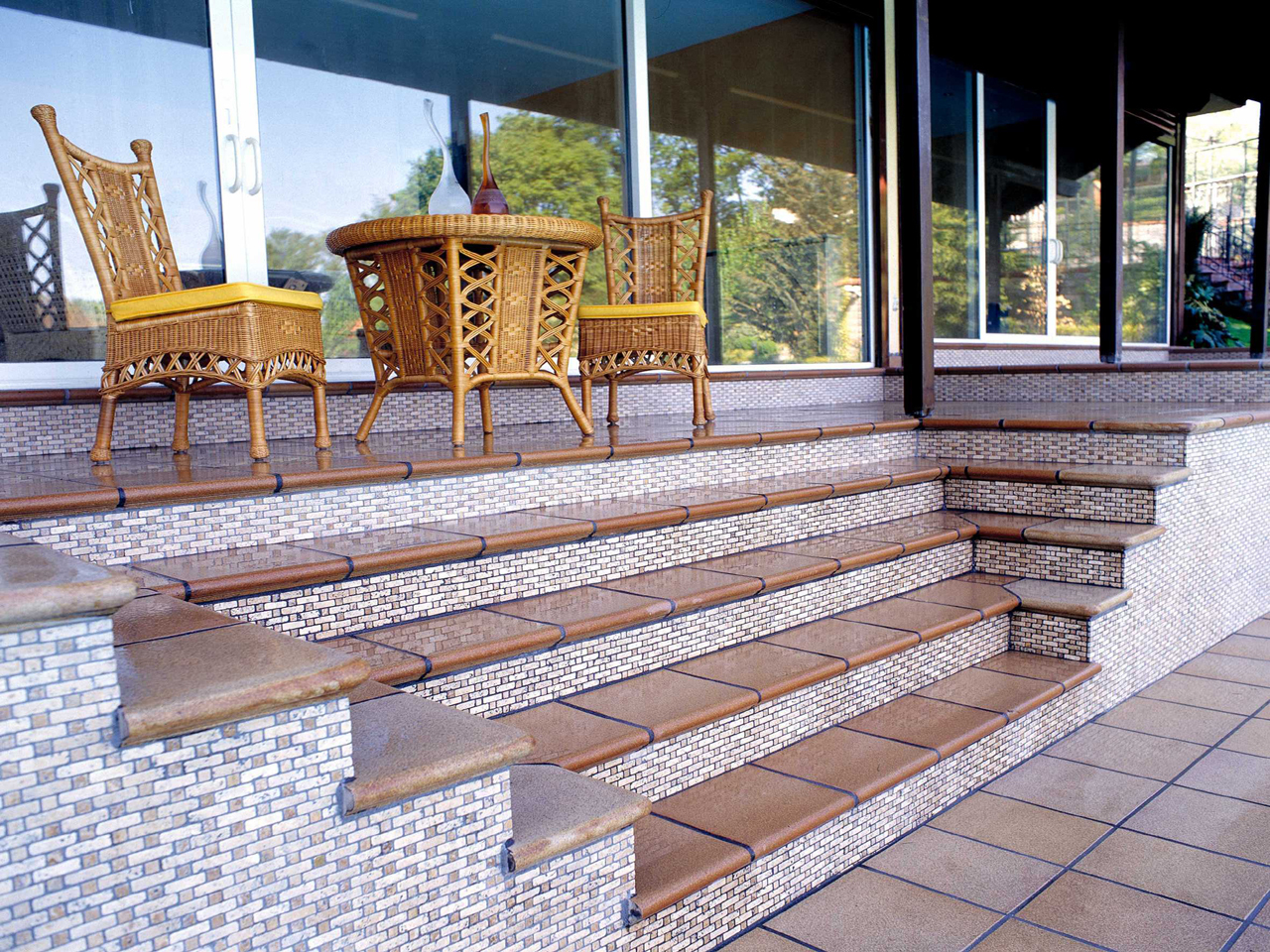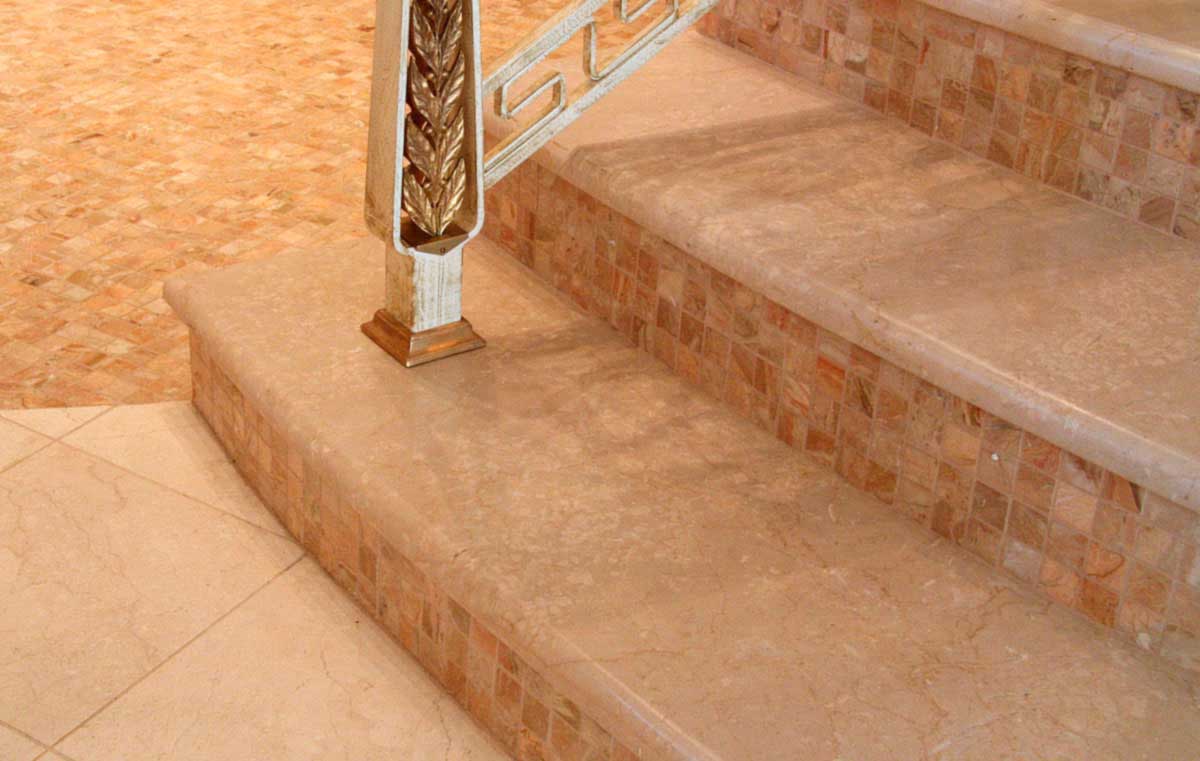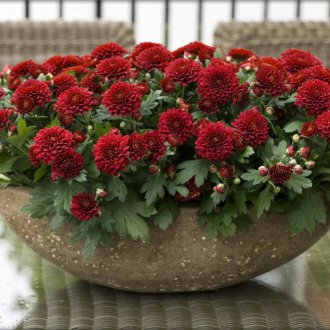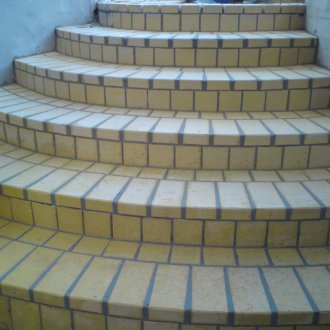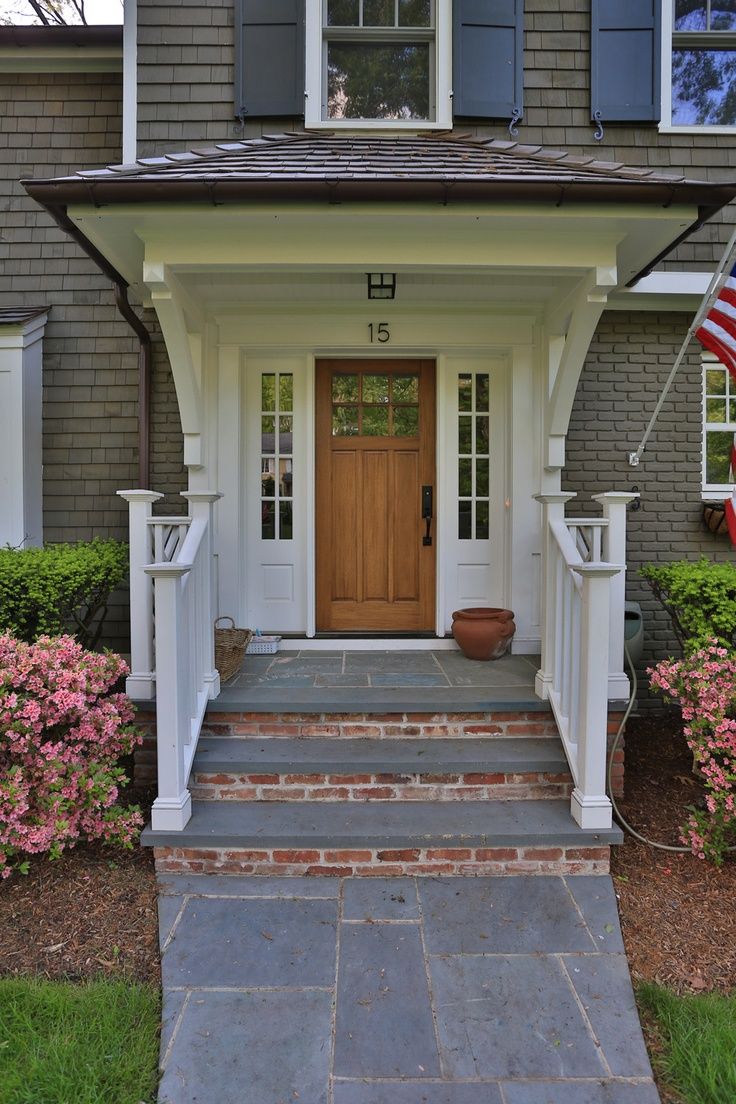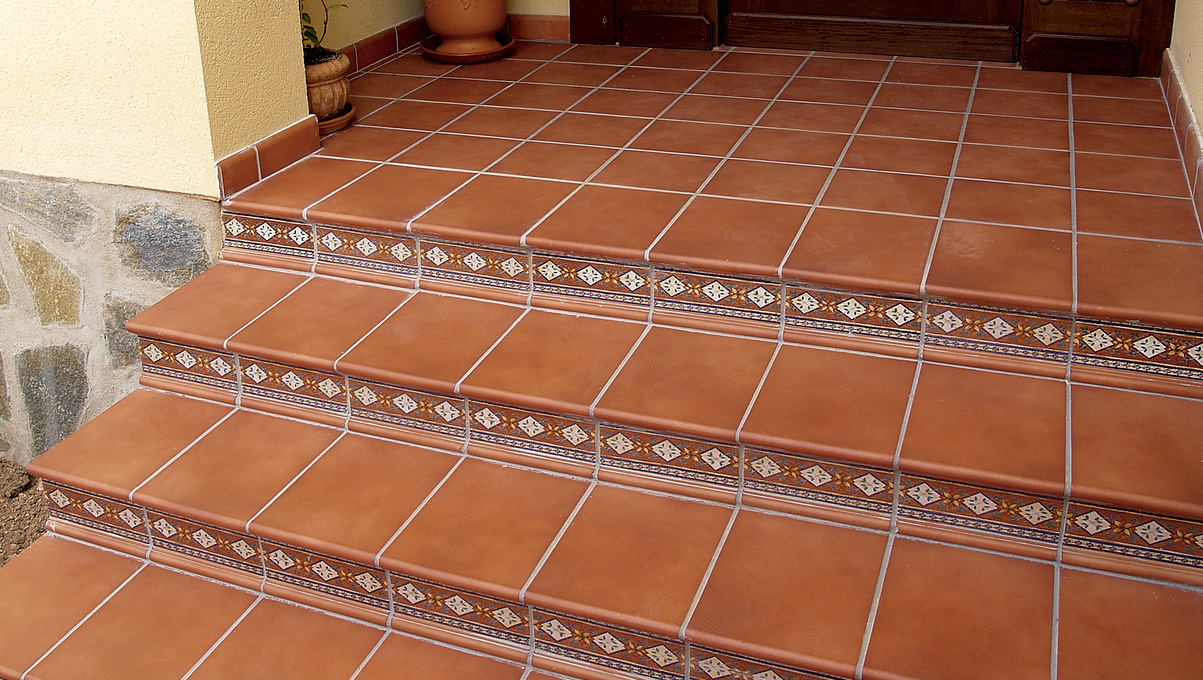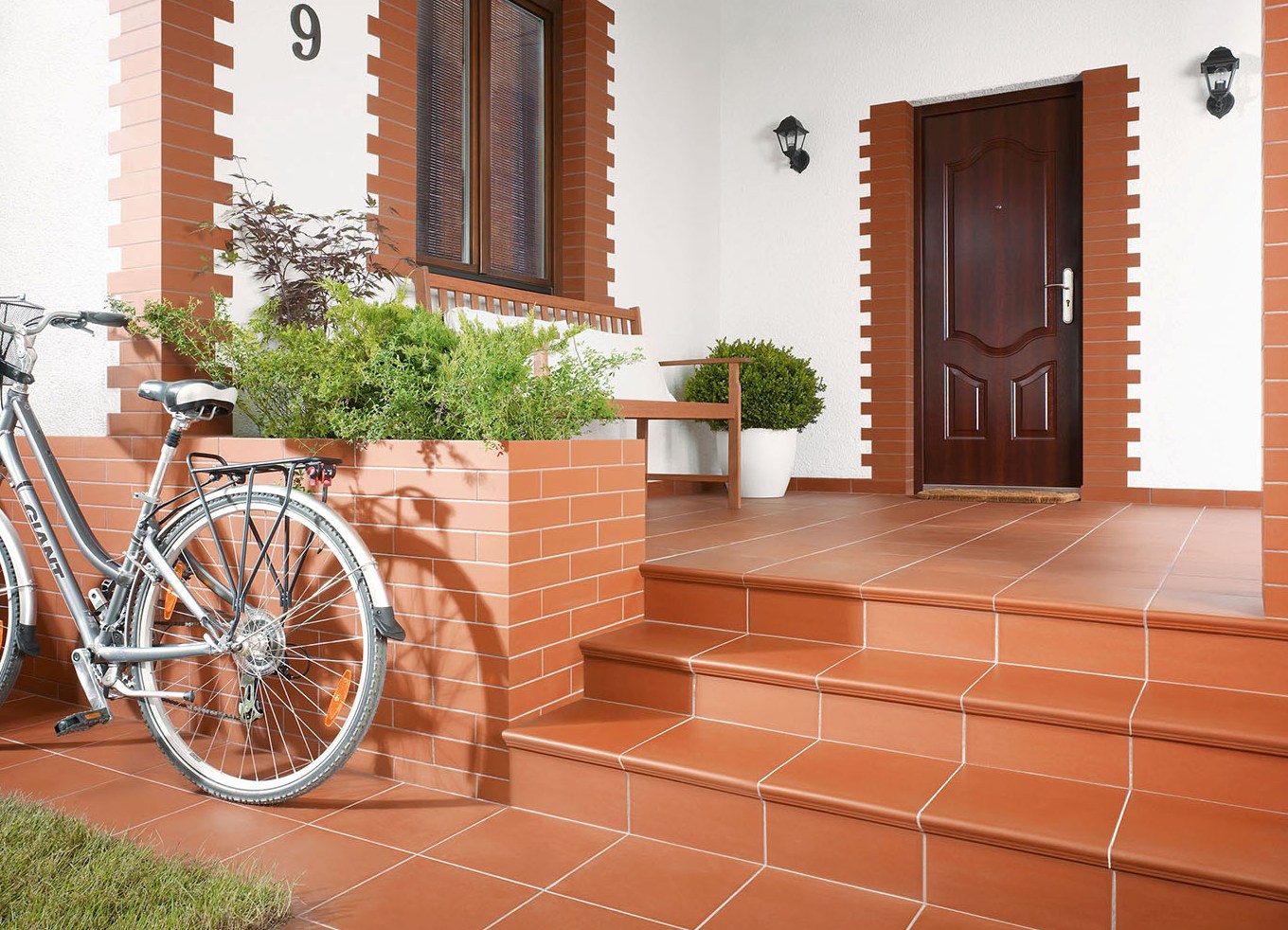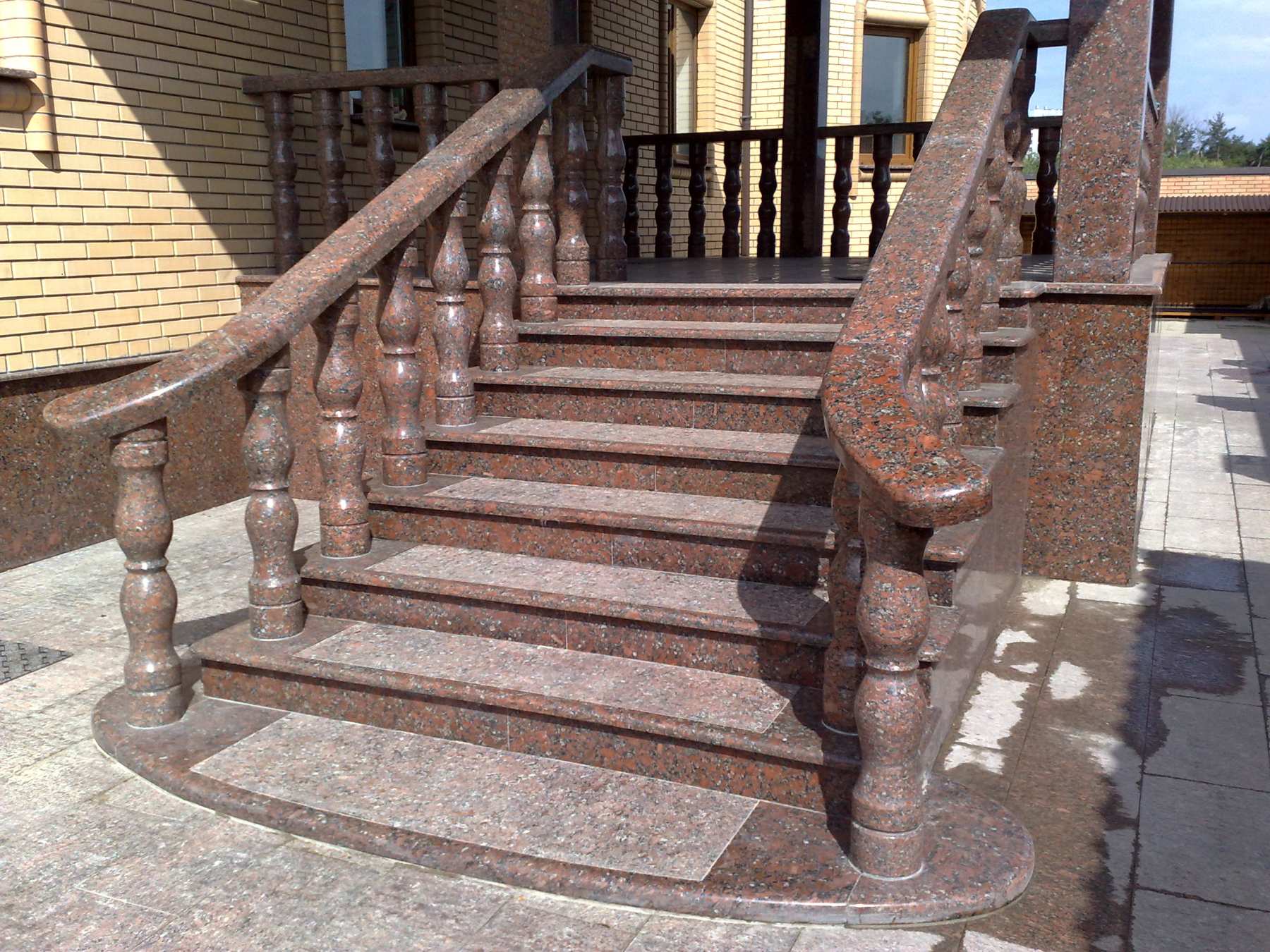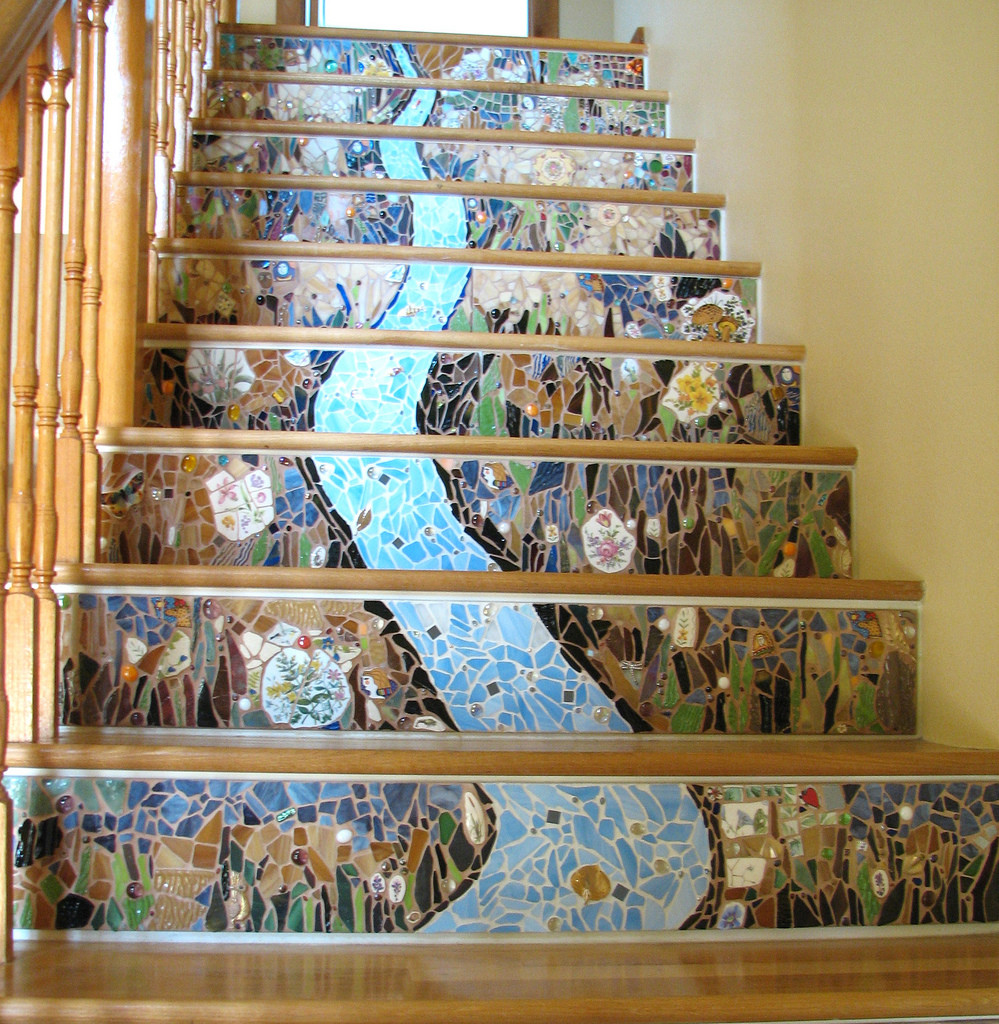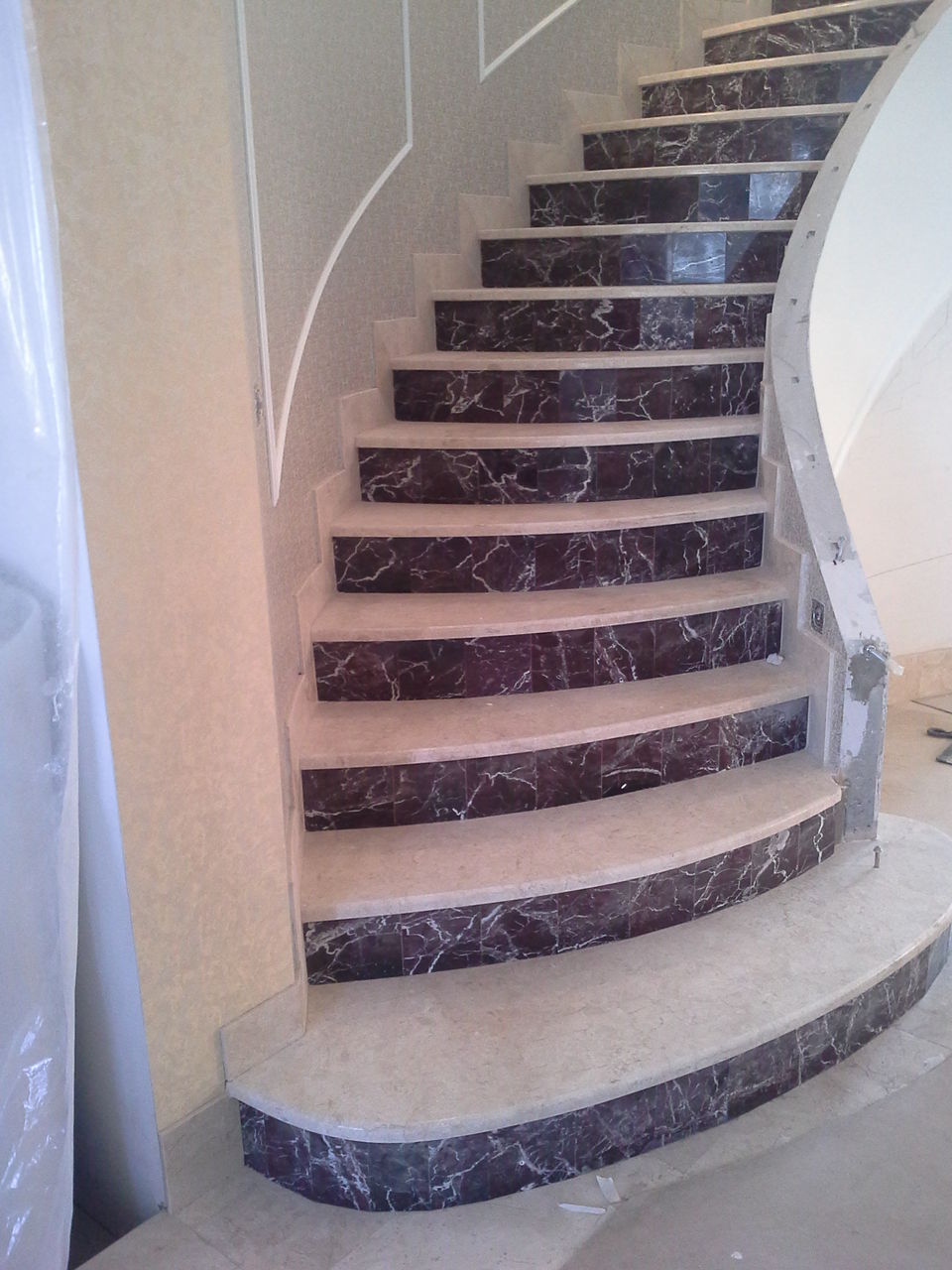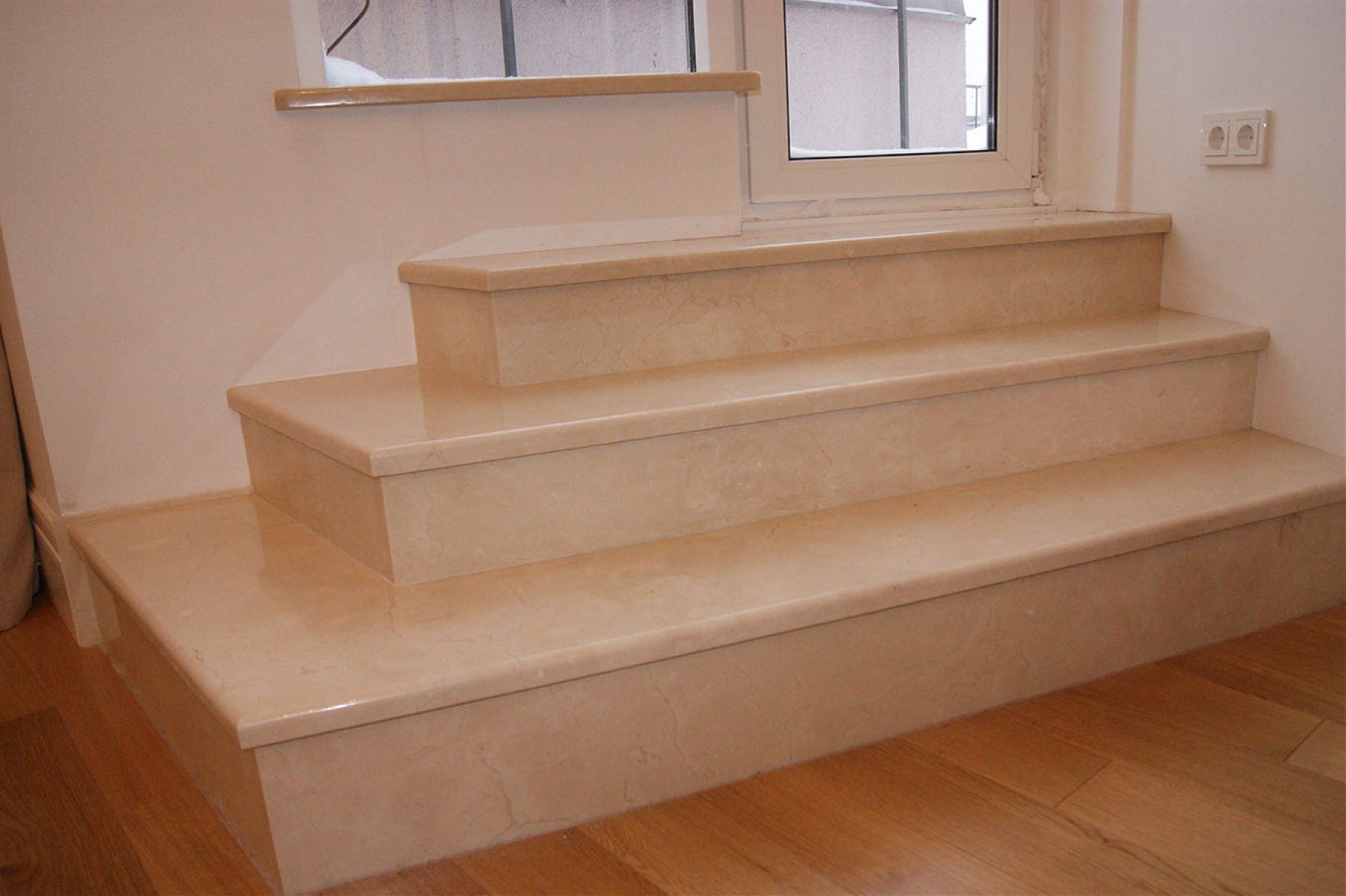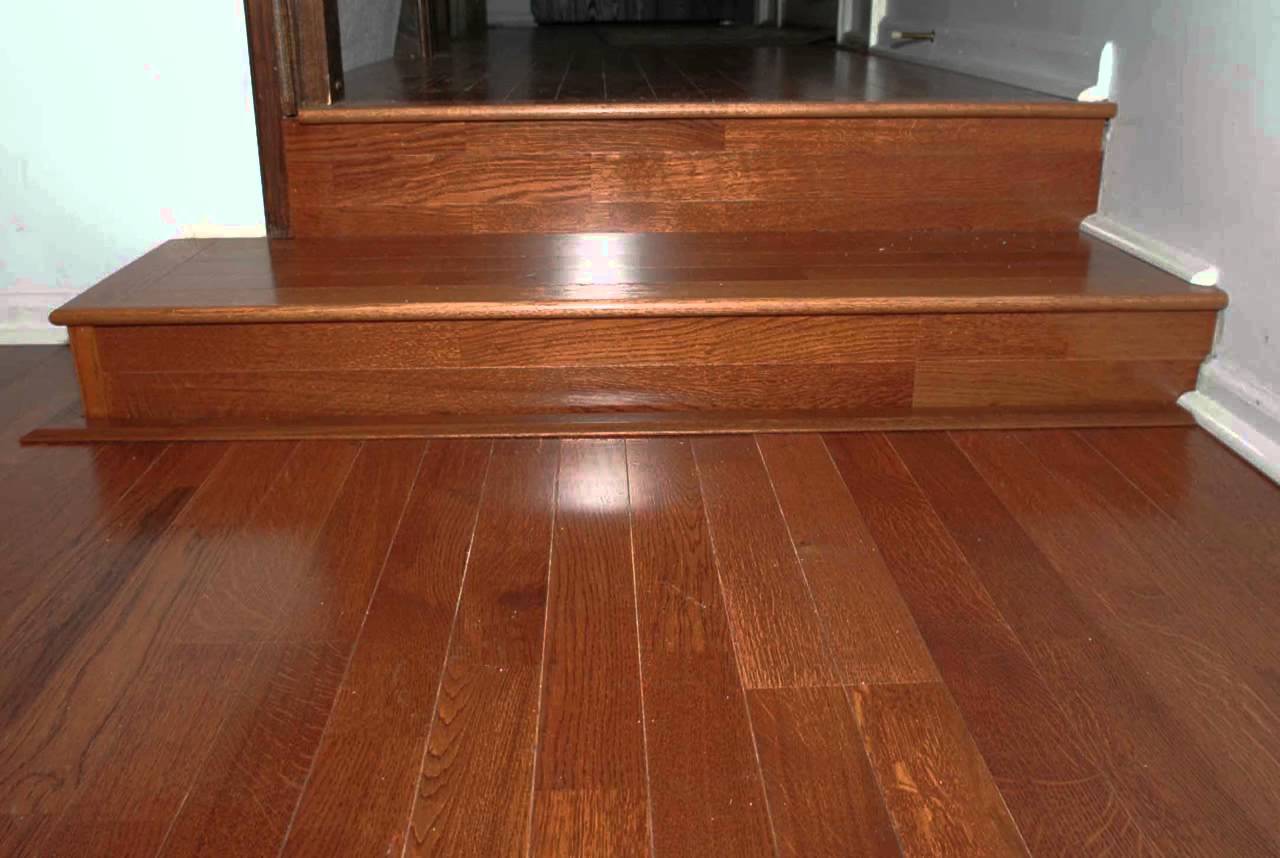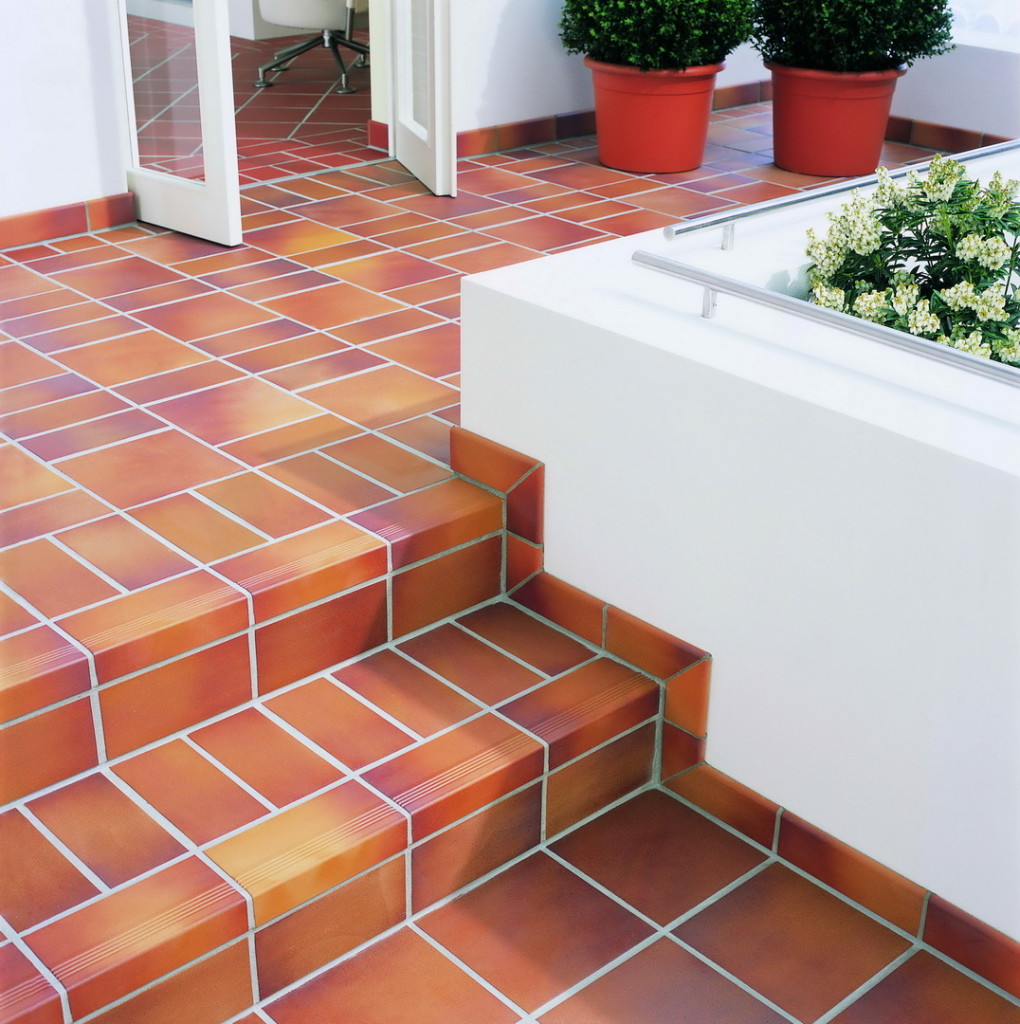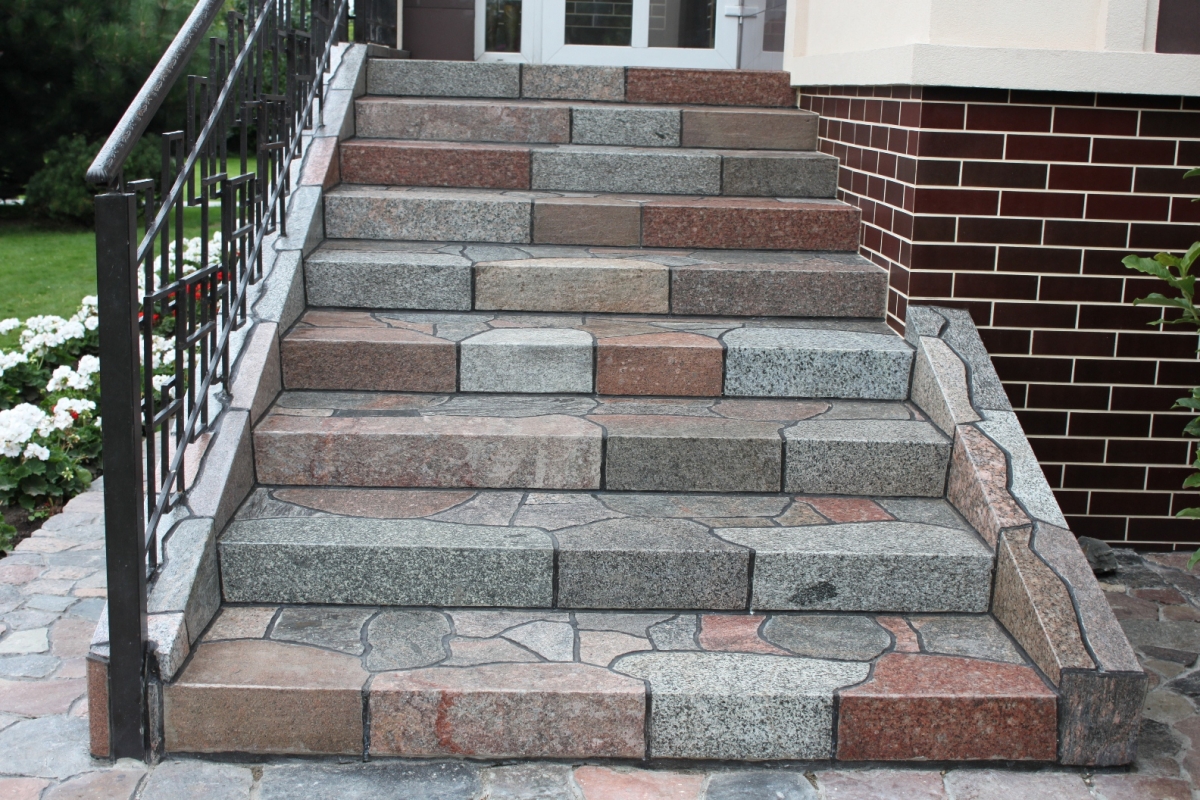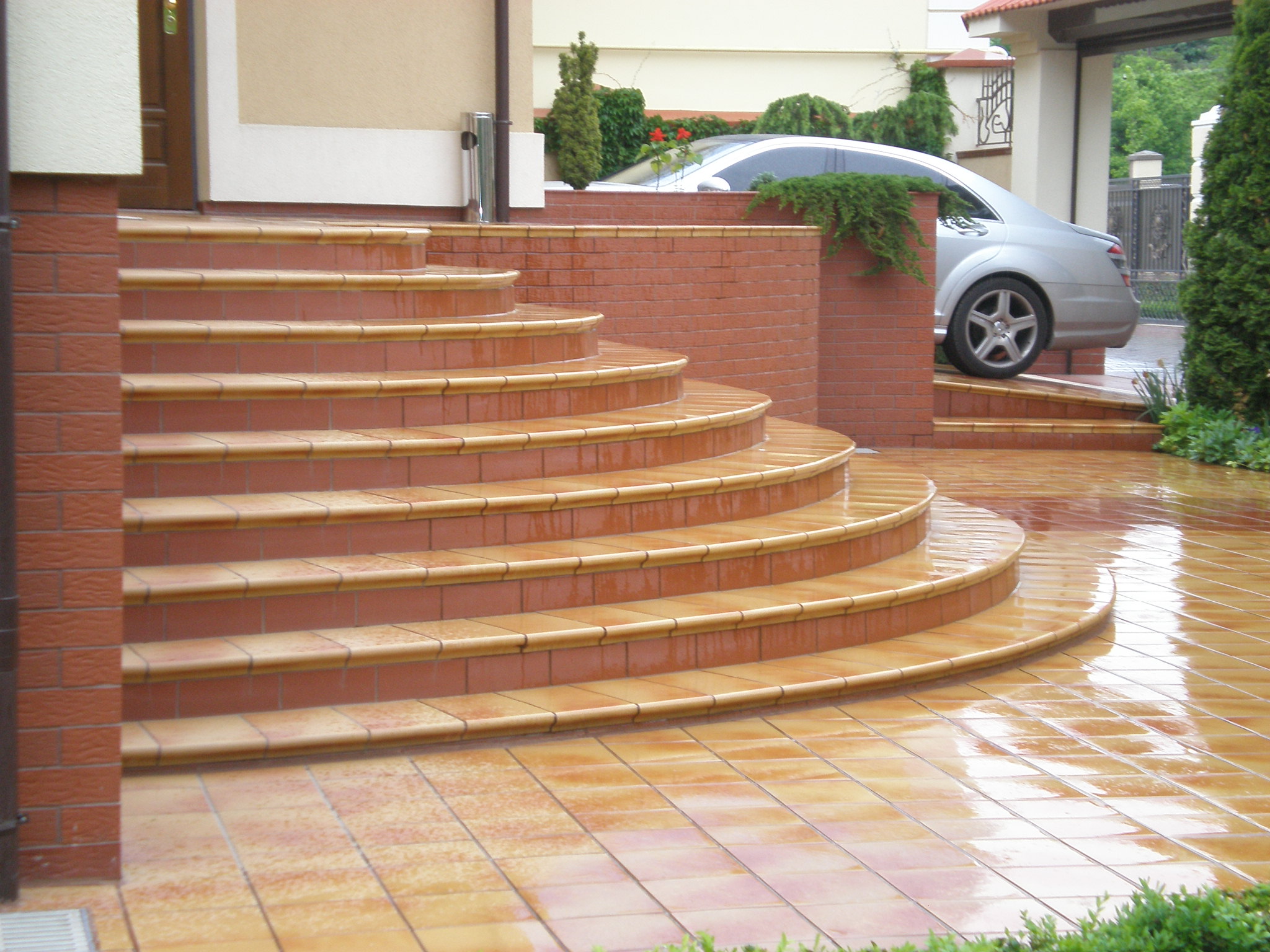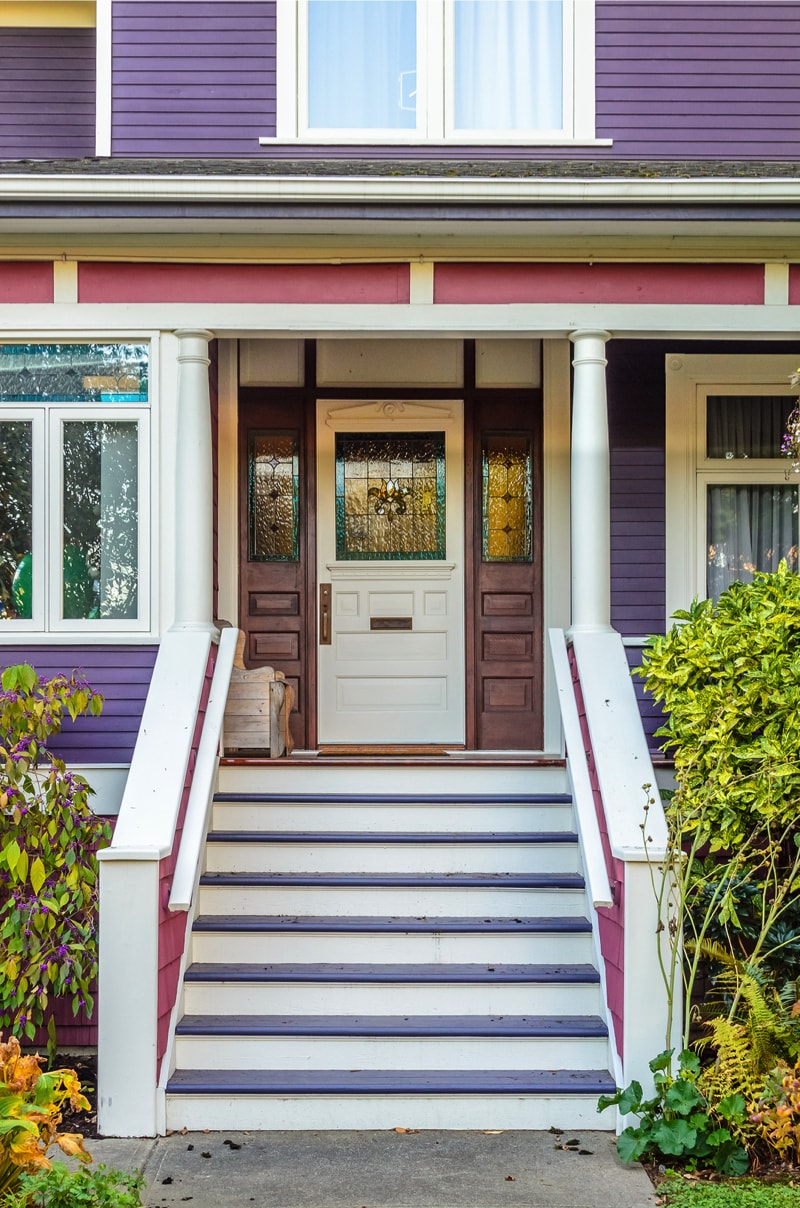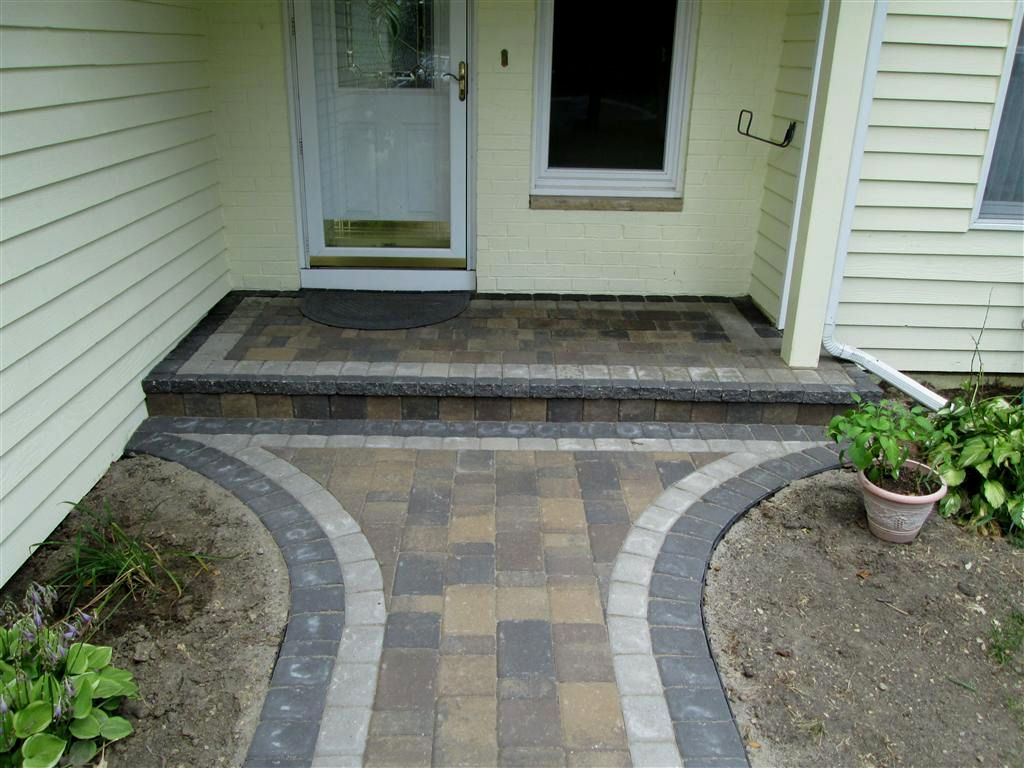Facing steps: a variety of technologies (20 photos)
Content
The main element of the entrance group of a respectable mansion, country house, store or office building is the porch. If the condition of its staircases is poor, then the negative impression of visitors or guests to property owners is guaranteed.
Unfortunately, it is customary to choose cladding for concrete or brick steps only on the principle “the cheaper the better”. As a result, the overwhelming number of entrance groups a year or two after the repair does not look the best. Do not differ in high quality finish stairs and inside public buildings.
What should be the facing of the steps of the porch, and how to carry out the repair? We will try to understand these issues together.
Choose the material for the steps
The steps must withstand high loads, for this reason it was customary to stone them. The development of technologies for the production of building materials has significantly expanded the list of materials used. Today, the facing of steps is carried out:
- clinker tiles;
- ceramic tiles;
- natural stone;
- porcelain stoneware;
- concrete tiles.
All these materials have excellent aesthetic properties, but have different specifications and cost. Therefore, potential buyers always have the opportunity to choose the optimal products for the step cladding.
Clinker cladding
Clinker tiles are one of the most popular materials for step tiling in Western Europe and North America. This is due to the practicality of the material, a wide range of products and excellent aesthetic qualities. Clinker is produced at high temperatures from special grades of clay, so it becomes stronger than stone, but does not have all the disadvantages of natural material. It has a minimum coefficient of water absorption, high strength and wear resistance. Clinker steps do not leave traces of engine oil, gasoline, wine or various food colors.
Cladding the steps of a concrete staircase is extremely simple. Manufacturers offer everything you need for this: tiles of a special shape, tread, plinth, curbs. This gives the design completeness, makes its operation as simple as possible.
Clinker can be used for external and internal stairs. The only drawback is the high cost, since the main manufacturers are located abroad. Domestic companies began to master the production of this material, which allows us to hope for a decrease in its value in the future. An alternative to clinker from Spain, England and Italy is the production of Polish factories, which is characterized by a relatively low cost.
Porcelain steps
Cladding of steps with porcelain stoneware is no less popular - a unique composite material, the development of which also took into account the disadvantages of natural stone. Porcelain tile is not afraid of temperature changes, high humidity, and is characterized by impressive wear resistance.Manufacturers offer a wide range of collections of porcelain stoneware with a texture that imitates natural wood, leather, fabric, metal surfaces. The collection includes everything you need in order to qualitatively venerate the steps: risers, tiles, plinths and borders. If there is a desire to decorate street steps with wood - it is better to choose the appropriate tile from porcelain tile.
Ceramic tile
Facing the stairs with ceramic tiles is very popular. Manufacturers offer an impressive range of products, including those specifically designed for step design.
Ceramics are easy to maintain, but do not always tolerate temperature extremes, not all tiles are highly wear-resistant. With it, you can finish the stairs located inside a private house, a small restaurant or cottage. Special collections can be used for external works in private construction.
Granite or marble
Granite or marble cladding has become a classic and today is in high demand. Natural stone has impeccable aesthetic characteristics. Among the shortcomings, one can single out the ability to absorb liquids with dyes, as a result of which traces remain on the steps that cannot be removed. The presence of pores in the stone indicates that when used outdoors, cracks may appear in it over time. Despite this, the step lining with granite slabs is used in the construction of large public buildings, train stations, airports.
Affordable concrete tiles
Concrete tile cladding is popular due to the affordable price of this material. Manufacturers offer a wide range of products, but it is suitable for structures with a low intensity of operation. It is difficult to care for concrete, it is not recommended to use chemically active substances for this. Concrete tiles are made using artificial dyes that tend to fade in the sun.
How to make the facing of steps?
It is not enough to choose the tile for facing the steps on the street or indoors. It is necessary to carry out all preparatory, general construction and installation works in a qualified manner. The following fundamental points are required:
- shrinkage of steps made of concrete, brick or reinforced concrete is not allowed;
- the staircase must be protected as much as possible from rain and snow using awnings or other structures;
- for work it is necessary to apply glue and grouts recommended by the manufacturer of the tile;
- Do not neglect the use of anti-slip pads or tiles with special anti-slip notches;
- it is necessary to use end elements, skirting boards for maximum protection of the structure from moisture.
Fulfillment of these requirements will extend the life of the steps, even with intensive use.
The main stages of cladding
Before proceeding with finishing with facing material, it is necessary to prepare the base. As it most often are concrete or brick structures. The basic requirements for the base are strength and perfect surface geometry. The design should not crumble, voids, cracks and cavities are unacceptable in it. In the presence of defects, it is necessary to repair the supporting structure, wait for the set of strength, and only then proceed with the facing work.
The upper surfaces of the steps should be perfectly smooth, do not hope that the curvature of the surface will be eliminated by the adhesive used for the tile.
It is best if the screed on the steps is reinforced with a metal mesh. This will give the necessary strength and extend the life of the structure. A slight bias to the outside will not hinder the steps so that moisture does not accumulate on the surface.
The installation of tiles begin only after the surface is fully prepared for these works. They begin laying from top to bottom, it is recommended to first lay out the tile and, if necessary, pick it according to the shade. This requirement is especially relevant for clinker and natural stone. It is recommended to use a primer and that glue which is intended for work with a certain material. The thing is that the coefficient of water absorption in ceramics, porcelain stoneware, clinker or granite is very different. Glue for floor tiles will not stick to the surface of porcelain stoneware or clinker tiles.
After installing the base tile or steps, you can proceed to the design of the riser. For this purpose, special-purpose products from the manufacturer’s collection or tiles independently cut to size are used. If the riser is deep, then it is reinforced with a metal mesh. After completing the facing of the steps, they begin to design the ends. This must be done, otherwise with oblique rain, water will penetrate the structure, which will negatively affect the performance of the stairs.
At the final stage, anti-slip coatings, protective metal corners and grouting are applied. Additional protection is necessary for the corners of steps made of ceramic tiles, since this part of the structure has the most severe load. Clinker manufacturers produce steps with a reinforced edge that can withstand a load 4-5 times greater than the base tile. Grouting is required to prevent moisture from entering the joint between the tiles. It is necessary to choose those compounds that meet the operating conditions of the stairs.
What is better for facing stairs?
The best choice for interior decoration is ceramic tile. Among the advantages of this material are affordable price, variety of products, easy installation. For exterior decoration of stairs it is better to use clinker or porcelain stoneware. They are able to withstand the extremes of temperature and high humidity, have high impact resistance and wear resistance. Clinker and porcelain tiles can be used not only in the arrangement of private houses, small hotels and shops, but also in the construction of public buildings.
If you want to make a lasting impression on the public or guests, then you can use natural stone for cladding. Steps from it will always have a unique design developed by nature itself. The only serious obstacle in the application of this material will be its high cost. It is also worth considering that the wear resistance of marble is lower than that of granite, so it is recommended to use tiles from it in buildings with less traffic.
For the steps of country houses or small country cottages, you can use concrete or ceramic tiles designed for outdoor use. These materials are quite practical at low operational load. Their main advantage is the favorable price available to all potential buyers.
